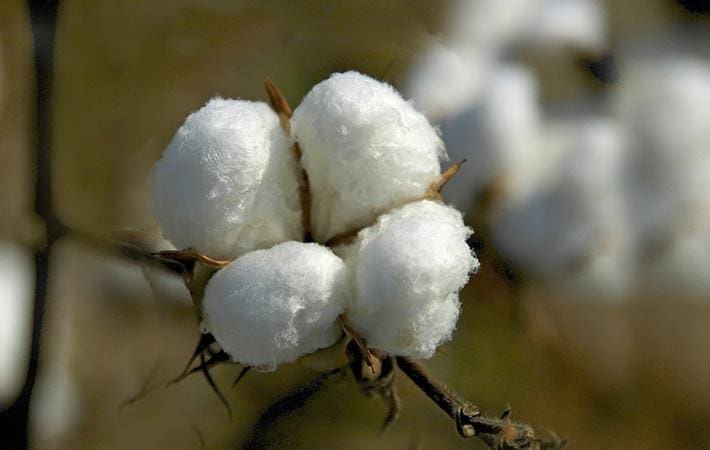Foreign media recently reported that the arbitrary ban and campaign led by the US against Xinjiang cotton may push China to allow more cotton imports than usual this year, just as the Biden administration is expanding its attacks on China from cotton to other products in Northwest China’s Xinjiang Uygur Autonomous Region.
Bloomberg reported that China may expand cotton imports beyond the current plan for this year to meet surging global demand for textiles, citing a projection by an expert at Huatai Futures, implying that this is a result of the US-led savage attack and slander on Xinjiang cotton.
It appears that some observers have missed the point. China has been changing its cotton import plans for several years in order to match the actual supply and demand of the sector throughout the year. It’s an essential action to address the raw material demands of cotton textile export firms in order to fulfil market orders, rather than a one-time measure in response to the US’ arbitrary embargo.
With the accelerated development of the domestic cotton textile industry in recent years, to adjust the nation’s cotton import plan according to actual demand, has increasingly become a common measure for the industry to adapt to new changes in international markets.
According to a note published on the website of China’s top planner, the National Development and Reform Commission (NDRC), the government has set a 700,000-ton quota for cotton imports in 2021, all of which is for non-state traders and would be subject to a sliding-scale tariffs system. Before the COVID-19 epidemic, the total for 2018 and 2019 was 800,000 tonnes.
Second, increasing cotton imports can help domestic textile companies save costs and improve their international competitiveness. When compared to domestic cotton, imported cotton has a clear price advantage. Cotton imports will be expanded, lowering prices for enterprises producing middle and high-end products.
Although the United States’ cotton restriction on Xinjiang cotton has had some influence on textile export industries and market mood, this human rights-based onslaught on Chinese businesses and industries is doomed to fail.
Cotton from Xinjiang is known for its high quality, and it is already in short supply on the home market. Its reliance on foreign markets is limited, and the risk posed by the United States’ blunders is manageable. More importantly, Chinese manufacturing has a significant competitive edge in the worldwide market, where it is well-known.

